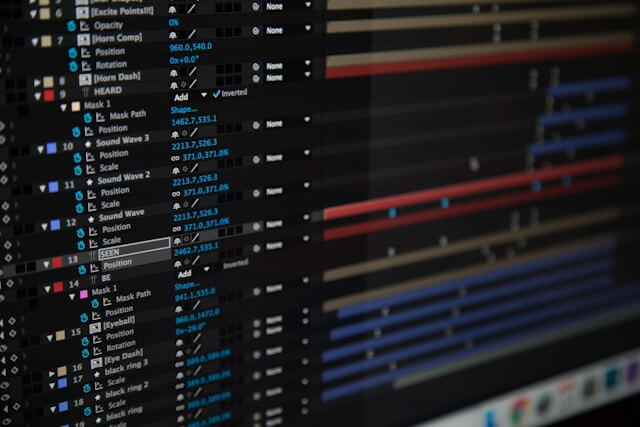
Introduction
In today’s fast-paced digital world, static images just don’t cut it anymore. Enter motion design—the art of animating graphic elements to communicate ideas, evoke emotions, and capture attention. From explainer videos and app interfaces to social media ads and title sequences, motion design is everywhere. But what exactly is it, and why should you care? In this beginner-friendly guide, we’ll break down the fundamentals of motion design, explore its real-world applications, and share practical tips to help you get started.
What Is Motion Design?
Motion design—sometimes called motion graphics—is the practice of applying animation and visual effects to graphic design elements. Unlike traditional animation (which often focuses on characters and storytelling), motion design emphasizes typography, shapes, icons, logos, and other graphic assets in motion.
Think of the sleek transitions in a Netflix intro, the animated infographics in a TED Talk, or the playful micro-interactions in a mobile app. These are all examples of motion design in action.
Key characteristics of motion design include:
Smooth transitions and timing
Kinetic typography (animated text)
Visual hierarchy through movement
Seamless integration with UI/UX design
Why Motion Design Matters in 2025
As attention spans shrink and digital competition grows, motion design has become a crucial tool for brands and creators. Here’s why:
Boosts Engagement
Animated content consistently outperforms static posts on social media. According to HubSpot, videos generate 12x more shares than text and images combined.
Improves User Experience (UX)
Subtle animations in apps and websites guide users intuitively—think loading spinners, hover effects, or animated buttons that respond to clicks.
Simplifies Complex Ideas
Motion design turns abstract or technical concepts into digestible, visual stories. Explainer videos, for instance, can increase conversion rates by up to 20% (Wyzowl, 2023).
Builds Brand Identity
A consistent motion language—like a signature animation style or transition—helps your brand stand out and feel cohesive across platforms.
Common Types of Motion Design
Not all motion design looks the same. Here are some popular categories:
UI/UX Animations: Micro-interactions in apps and websites (e.g., button hover effects, page transitions).
Explainer Videos: Short, animated clips that break down products or services.
Title Sequences: Cinematic intros for films, TV shows, or YouTube channels.
Social Media Content: Animated reels, stories, and ads optimized for platforms like Instagram, TikTok, and LinkedIn.
Data Visualization: Animated charts and graphs that make statistics engaging and easy to understand.
Getting Started with Motion Design: Tools & Tips
Ready to dive in? You don’t need to be a coding expert or a Hollywood animator. Here’s how to begin:
Essential Tools (H3)
Adobe After Effects: The industry standard for 2D motion graphics.
Figma + Plugins: Great for prototyping UI animations.
Blender: Free and powerful for 3D motion design.
LottieFiles: For lightweight, web-friendly animations (especially for mobile apps).
Beginner Tips
Master the basics of timing and spacing—these principles make or break your animation.
Study real-world examples—analyze motion in apps like Spotify or Apple’s ecosystem.
Start simple: Animate a logo or a single word before tackling complex scenes.
Use templates wisely: Platforms like Envato Elements or Motion Array offer great starting points.
SEO Best Practices for Motion Design Content
If you’re creating motion design for digital marketing, don’t forget SEO! Optimize your animated content by:
Adding descriptive alt text to GIFs and videos
Using transcripts and captions for accessibility and keyword indexing
Embedding videos with schema markup
Naming files with relevant keywords (e.g., “product-explainer-motion-design.mp4”)
Final Thoughts
Motion design isn’t just a trend—it’s a fundamental skill for modern creatives. Whether you’re a graphic designer looking to level up, a marketer aiming to boost engagement, or a developer wanting to enhance UX, learning motion design opens doors to more dynamic, effective, and memorable communication.
So why wait? Start small, experiment often, and let your graphics move.
Posted in Motion graphics